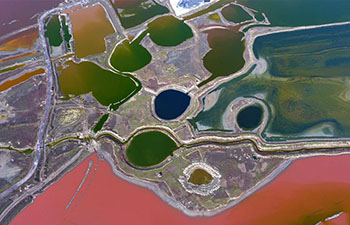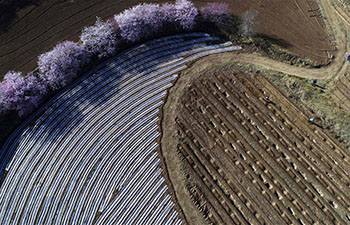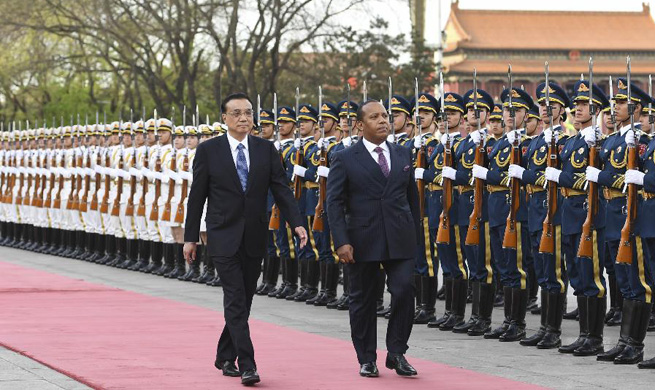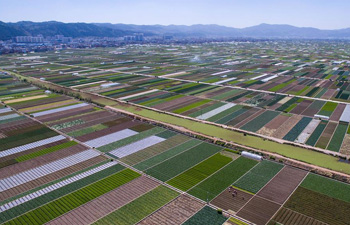by Chrispinus Omar
NAIROBI, April 13 (Xinhua) -- Economic growth in East Africa remains strong despite the adverse effects of severe drought across the region, said a report by an accountancy and finance body released on Thursday.
The latest report by the Institute of Chartered Accountants in England and Wales (ICAEW) said the economic is being proposed by infrastructure growth across the region.
"Infrastructure development continues to stimulate industry across the region, while expanding services to the largely un-serviced markets remains the key driver behind growth," said Michael Armstrong, Regional Director of ICAEW Middle East, Africa and South Asia.
The report "Economic Insight: Africa Q1 2017" pointed out that authorities from various East African nations have attempted to mitigate the effects of the drought by stimulating economic activity through other channels such as substantial fiscal stimulus and loosened monetary policy.
According to the report, Tanzania is set to hit a real GDP growth of 6.9, followed by Uganda at 6.8, Ethiopia at 6.7, and Rwanda and Kenya at 6.6 and 6.4 despite the drought.
It said both Rwanda and Uganda have loosened monetary policy during the first quarter of the year, while Ethiopia counterweighed the drought effects through substantial fiscal stimulus -- the construction sector reportedly expanding by 25 percent during the 2015/16 fiscal year.
ICAEW said the adverse effects of the drought have been most notable in Uganda, with agriculture decreasing during the first three quarters of 2016.
It notes that poor crop production has also had a marked impact on food price inflation across the region.
"While not particularly intense in historic terms, inflationary pressures in recent months can almost entirely be attributed to high food prices, with non-food price inflation remaining subdued," the report said.
Agriculture in most East African nations is highly dependent on the weather, and adverse rainfall is directly reflected in both agricultural production and food prices.
The report, commissioned by ICAEW and produced by partner and forecaster Oxford Economics, focuses specifically on Kenya, Tanzania, Ethiopia, Nigeria, Ghana, Cote d'Ivoire, South Africa and Angola.
Meanwhile, the report said Botswana and South Africa are still struggling to gain traction due to the slump in commodity prices as well as the drought. Real GDP growth of 1.2 percent is forecast for both these countries in 2017.
According to ICAEW, South Africa's growth will be supported by widespread rains an improved outlook for consumer demand and a recovery in commodity prices, while Angola remains optimistic of improved oil production and the commencement of infrastructure projects.
Botswana on the other hand, is forecast to record growth of 4.1 percent due to demand in the international diamond market.
ICAEW said Senegal's strong growth in its primary and secondary sectors as well as the government's collaborative efforts to improve infrastructure, particularly in electricity supply, has tremendously stimulated the country's economic growth.

















